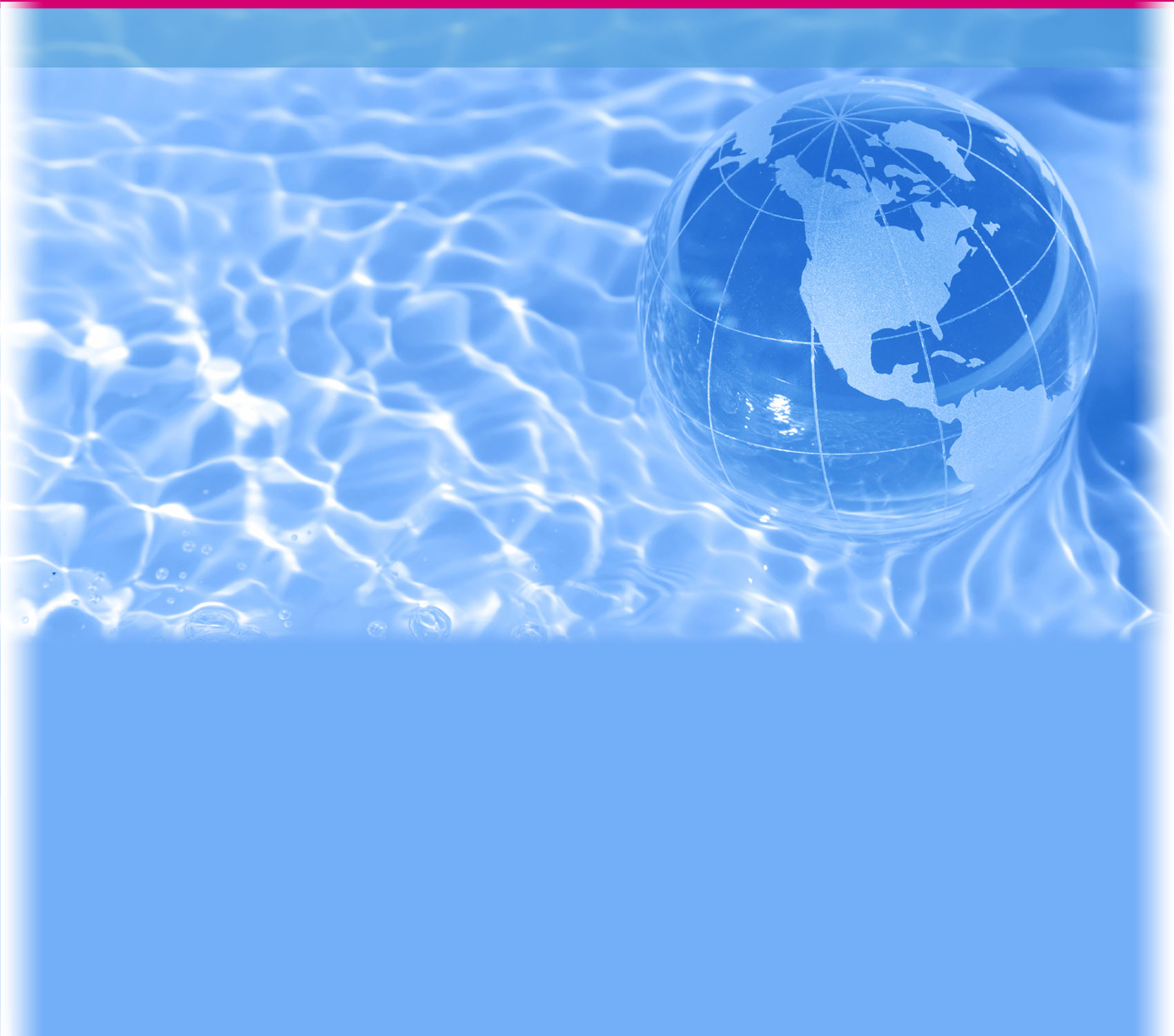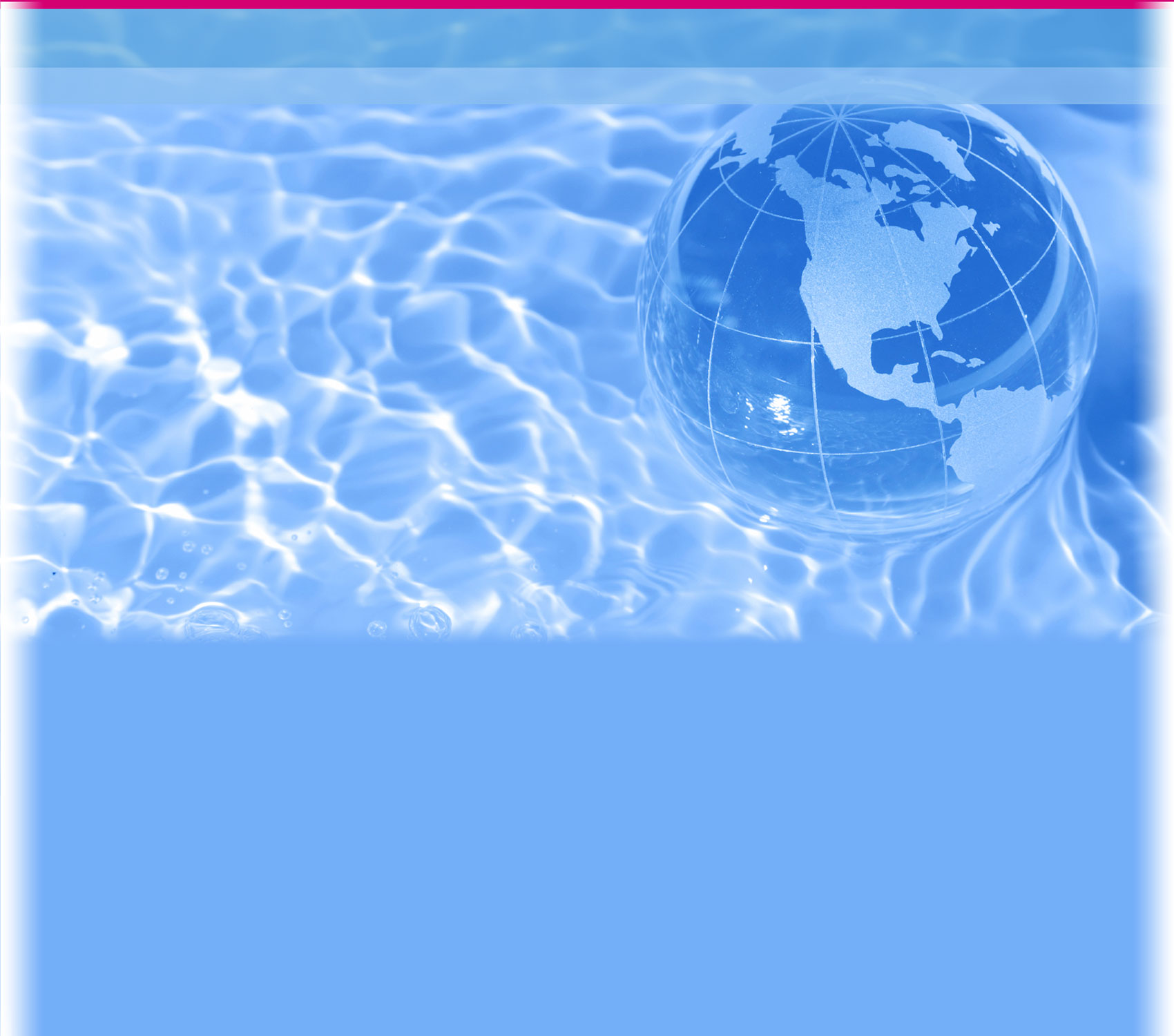Glossary
Brief: A short summary.
Constraints: Limits on the design process. For example, constraints may describe limits on the appearance, funding, size, materials or human capabilities surrounding the design of a product or system.
Criteria: Desired specifications (i.e., elements or features) of a product or system. Criteria are often used to make judgments on the success or suitability of a product or system.
Distillation : A process for purifying water in which the water is first evaporated and then condensed and collected.
Filtration: A process for purifying water in which the water is passed through a filter.
Pollutant: Contamination of the environment by chemicals or heat energy to the extent that existing habitats are threatened or populations of organisms are endangered. Water pollutants can be physical (like sand), chemical (like arsenic) or biological (like bacteria). Some pollutants make their way into the water system naturally, and others are released by human actions.
Primary source : A source of information that contains original observations, evidence or data. Examples include someone's diary or journal, a lab notebook, a patent, a technical report, a dissertation, a thesis, a survey or interview, a letter and an autobiography.
Secondary source: A source that contains information that other people have gathered and interpreted, extended, analyzed or evaluated. Examples include a newspaper article, a documentary on television, a website, a science text and an encyclopedia entry.
Technical drawing: A drawing that is made to scale and is based on research. It identifies all components of the design solution.
Water quality: A measure of the condition of water. Water with high water quality means that it is suitable for the purpose for which it is intended. For drinking water, this means it meets certain standards for safe consumption.

